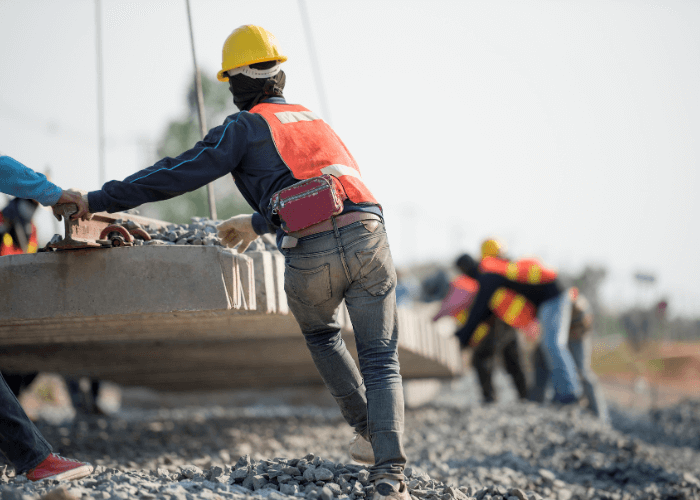Can we expect Off-site Construction to rise?

AuthorMelissa Van Der Veeken
Posting date:
04 February 2019
With a higher demand for construction projects across the globe, the traditional competitive nature of construction methods mean that increasingly challenging deadlines are set. Modern engineering companies are initiating the use of off-site construction, associated with the planning design, production and assembly of a project. It is a method deemed to reduce cost, increase reliability in meeting deadlines as well as improving overall safety on site. Can we expect this alternative construction method to rise in popularity across the globe?
Mechanical Electrical Plumbing Engineering (MEP) Construction Jobs play a vital role in many engineering circumstances. Building automation and controls jobs such as Mechanical engineering, Electrical engineering, and Plumbing engineering are generally addressed together due to the need for a high interaction between them. These three technical disciplines enclose the systems that allow suitable environments for human occupancy. Given the complexity of MEP systems, many engineering firms use software to speed up the design process. MEP software design has the capability to allow MEP engineering agencies to effectively install wiring and equipment in the most accessible locations, whilst utilizing as little equipment as possible. When off-site construction is utilized by qualified engineers, Regil Kumar – general manager for Weathermaker Limited, explains that the biggest advantages most customers experience is reduced project timelines, and rework at improved predictability, which is often faced at construction sites.
Modern design software is based on Building Information Modeling (BIM). This allows engineers to create a three-dimensional model of their project, with the ability to include material and equipment. An enhanced visual representation of construction plans means that engineers can debate dimensions, update designs to improve on plans, calculate bills and materials required and track construction.
According to McKinsey, “While this technology is still developing, it is now sophisticated enough to be applied to most projects. Our experience shows that 5-D BIM can help companies in numerous ways. For instance, it can produce savings of up to 10 percent of the contract value through clash detection and reduce project life span and material costs by about 20 percent. During a project at an airport, 5-D BIM reduced construction time by about three to five months by providing faster clash detection and better visualization of the proposed structure, reducing rework."
While only 5% of construction in the UK utilizes off-site methods, there is a suggestion that it is growing in popularity, and is already a positive construction method in the US. When comparing a survey from 2014 regarding the opportunities and challenges associated with off-site construction, with another in 2018 – The National Institute of Building Sciences discovered that a high amount of respondents (87.62% in 2018) indicated the use of off-site fabricated components over the prior 12 months. This is a consistent high with the results of 2014 (93%).
One of the most highlighted issues with off-site construction refers to the transportation methods to deliver the pre-fabricated sections to the site. Construction culture and a reliance on traditional techniques is said to be the most limiting aspect of off-site construction, this appears to correlate with a lack of understanding and knowledge in this construction method.
When analyzing the capabilities of off-site construction, we can see it can be used for reducing project timelines whilst ensuring cost-effectiveness and energy efficiency. There are particular drawbacks which seem to be steadily improving throughout the last decade with the enhancement of technology, making the off-site construction method a viable positive option for a multitude of projects around the world.
Tags
Stay informed with our latest insights
Our insights
Our latest jobs
Salary
Negotiable
Options:
Permanent
Options:
Construction
Location
United States, Irvine, California




.png)
.png)